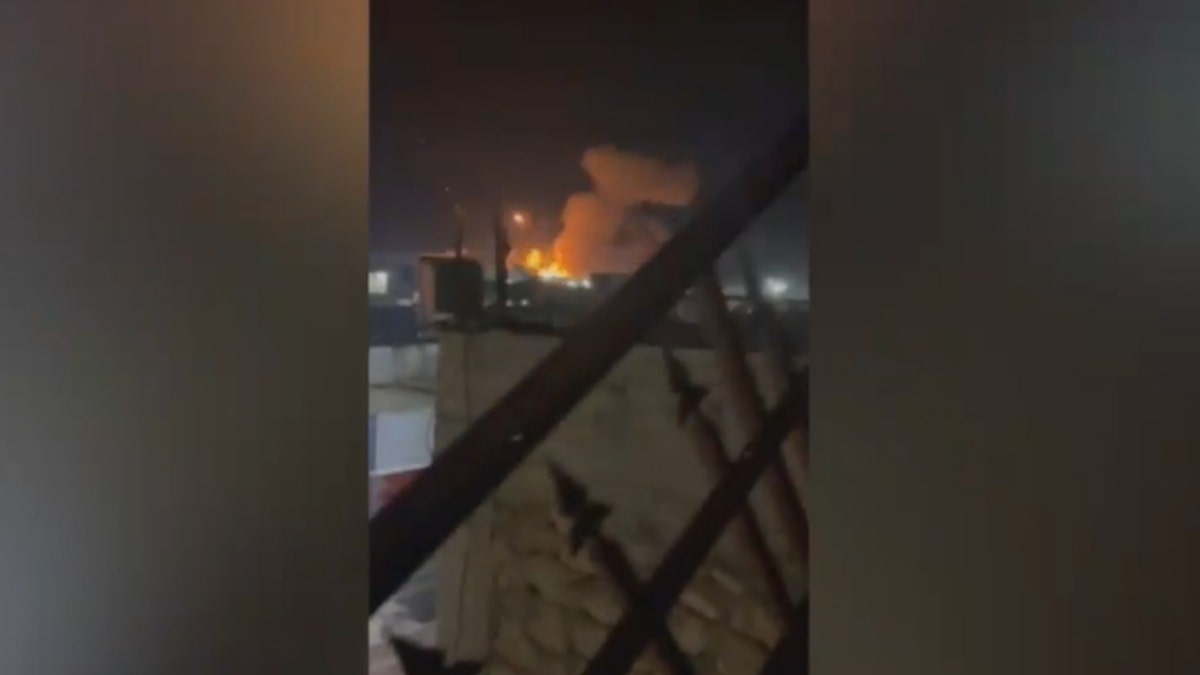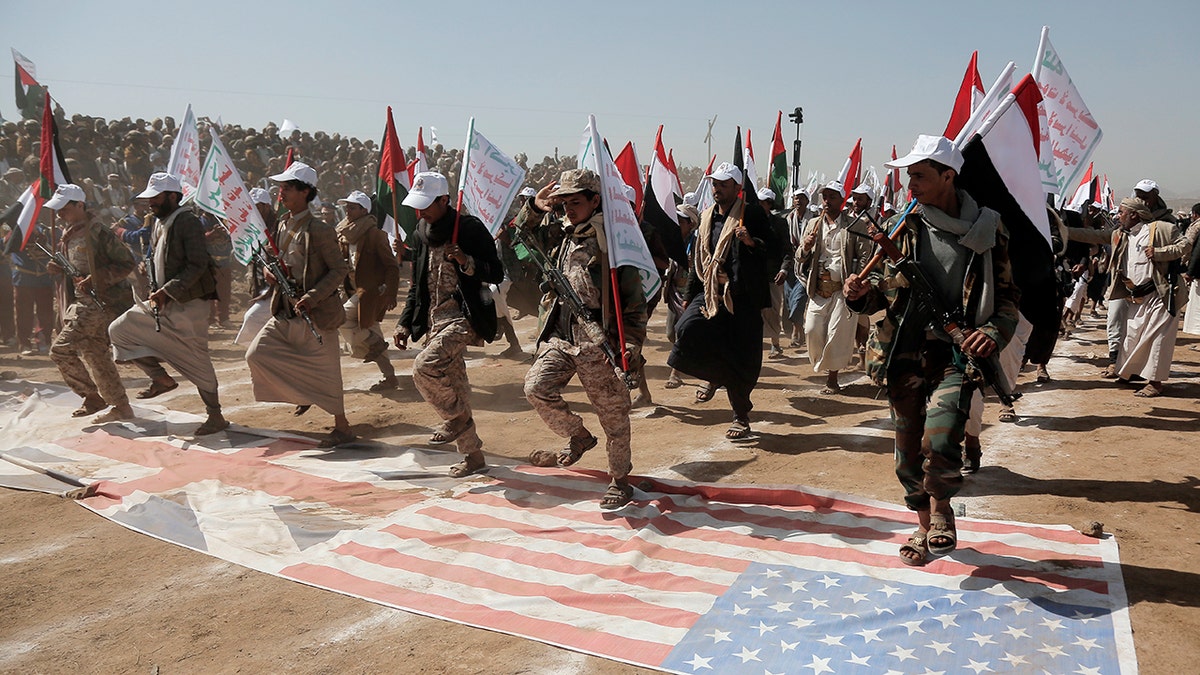Will US strikes in Syria and Iraq deter future attacks on US soldiers?
'Special Report' All-Star Panel discuss the U.S. launching retaliatory strikes in Syria and Iraq and how America's response could affect President Biden in the 2024 election.
The Pentagon says it is likely that Iran-proxy fighters were killed during U.S. strikes on Friday in Iraq and Syria, though the full results of the attacks continue to be assessed.
During a press briefing on Tuesday, Pentagon press secretary Maj. Gen. Pat Ryder gave reporters a rundown of events that happened on Friday and Saturday, in which the U.S. conducted airstrikes in Iraq and Syria, as well as against Iranian-backed Houthi rebels in Yemen.
The strikes came in response to attacks against U.S. forces, including an attack on Jan. 28 in northeastern Jordan, in which three U.S. service members were killed.
On Friday, the U.S. conducted strikes on seven facilities in Iraq and Syria, Ryder said, which included over 85 targets used by Iran’s Islamic Revolutionary Guard Corps (IRGC) and affiliated proxies to attack U.S. forces.

U.S. launches airstrikes in western Iraq in barrage of retaliatory strikes
Ryder also said the facilities targeted on Friday included command and control operations centers, intelligence centers, rockets, missiles and drone storage facilities.
"I think it is fair to conclude that there likely were casualties associated with these strikes," the Pentagon spokesperson said in response to questions about Iranian proxies being killed. "But to ensure that we’re providing accurate information, we need to allow time for Central Command to continue to conduct its assessment."
Ryder was also asked whether any Iranians died in the attacks, to which he responded that the initial indications are that they are not aware of any Iranians being killed. He also said they will continue to assess the damage done and provide updates when available.
BIDEN ATTENDS DIGNIFIED TRANSFER OF FALLEN TROOPS KILLED IN JORDAN DRONE ATTACK
The message provided by the Pentagon has continued to be that the U.S. is not looking for a war and that it was in the Middle East to ensure the Israel-Gaza war does not spread in the region.
But since being in the region, tensions have escalated, and several Iranian-backed rebel groups have conducted attacks on U.S. troops.
Houthi rebels in Yemen are one of the groups that continues to act against the U.S., and in response, the U.S. conducted strikes against the Iranian-backed proxy.

Houthi fighters walk over British and U.S flags at a rally in support of Palestinians in the Gaza Strip, and the recent Houthi strikes on shipping in the Red Sea and Gulf of Aden on February 4, 2024, on the outskirts of Sana'a, Yemen. The rally comes amid U.S. and British strikes against 36 Houthi targets in Yemen on Saturday, the second day of major U.S. attacks following an attack on American troops last weekend that killed three U.S. soldiers at a remote post in Jordan just across the border with Iraq by fighters with links to Iran. (Mohammed Hamoud/Getty Images)
"These strikes were intended to further disrupt and degrade Houthi capabilities to conduct their attacks against U.S. and international vessels lawfully transiting the Red Sea," Ryder said. "Coalition forces targeted 13 locations, striking 36 Houthi targets associated with the Houthis."
Ryder also said the U.S. took unilateral action in self-defense to destroy missile launchers loaded to be fired, and unmanned surface vessels prepared to be deployed, posing an "imminent threat to merchant vessels and U.S. Navy ships in the region."
"As Secretary Austin highlighted in his statement, this is the start of our response and there will be additional actions taken to hold the IRGC and affiliated militias accountable for their attacks on U.S. and coalition forces," Ryder added.
He said the goal was not to be in Iraq and Syria for a "full scale war," reminding reporters they were there to conduct a mission in support of the defeat of ISIS.
Still, he would not go into specifics of what future operations against the IRGC and affiliated groups would look like, other than to say it will be at the time and choosing of the U.S.























